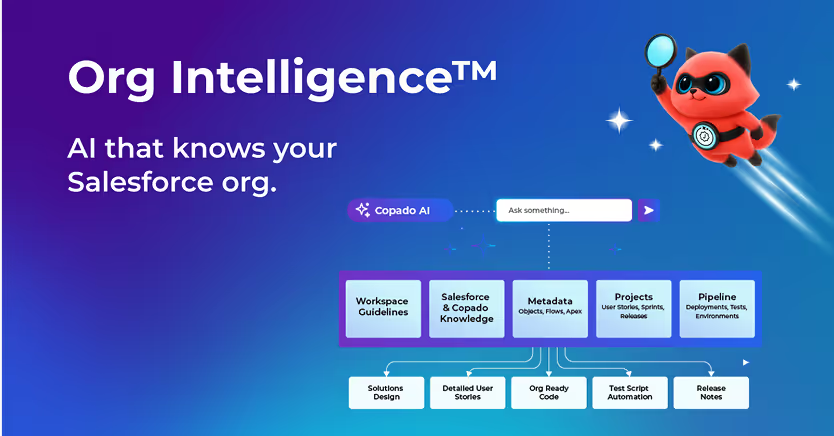Many modern enterprises are working towards total digital transformation, which means converting manual, analog business processes into streamlined, digital workflows. This often requires bespoke or specialized applications to handle a particular organization’s unique requirements, strengths, and weaknesses. However, hand-writing custom code to accomplish every workflow or task you’ve digitized takes time and diverts your developer resources from more important or lucrative projects. That’s why low-code automation is a crucial development tool for any digital transformation.
What is Low-Code Automation?
A traditional, pro-code application requires experienced developers who are proficient in that particular app’s programming language. Every feature, function, and UI element needs to be created by an expert. That means every single pro-code application must go through a rigorous process that often requires coordination among multiple developers or even across multiple teams. This often creates bottlenecks in digital transformation projects.
On the other hand, most of us have used low-code automation without realizing it. For example, have you ever used WordPress to create a website? In the early days of the internet, every website was hand-coded in HTML and CSS. Now, you can simply select a template and drag-and-drop visual elements, and add customized changes to create a professional-looking site quickly and with minimal manual coding. This is low-code development – and you can use it for much more than web design.
A low-code platform lowers the barrier for application development by introducing visual elements like flow charts and drag-and-drop Graphical User Interfaces (GUIs) to bypass much of the coding. But it still lets you do some manual editing, so you can customize when necessary. That means any tech-savvy user can hit the ground running even if they don’t know much coding. Think about how much easier it is to create an Excel spreadsheet and than to create a new database instance. That’s the benefit of low-code. When a department wants to digitize a workload, they can quickly build an application to their exact specifications (after all, they know their own requirements better than anyone else) without needing to wait for developer resources to become available.
Why Low-Code Automation is the Future of Development
You’re always going to have some development projects that require custom coding from experts from your developer and engineering teams. However, supplementing your pro-code development with low-code automation can benefit your business in a number of ways.
Faster Releases
Low-code automation significantly reduces development time and accelerates the release of new software. Low-code automates steps that were traditionally coded manually, which speeds up the development process. Plus, low-code automation allows end users to create their own applications, freeing up your pro-code team to work on more complex and business-critical projects.
Increased Agility
IT teams often need to quickly adapt to changing market conditions, customer requirements, and technology initiatives. One way to facilitate agile software development is to decrease the amount of time and effort spent on individual tasks or project iterations so it’s easier to pivot when necessary. Low-code automation helps support agile practices by simplifying and speeding up the development process.
Greater Innovation
You may have the most talented developers in the industry, but they can’t be experts in every aspect of your business. Low-code automation allows your tech-savvy end-users to create innovative applications that solve their unique pain points and create more efficiencies in their workflows. That means you get the best-of-the-best applications to drive digital transformation in every area of your organization.
Cost Savings
Traditionally, if a department desperately needs a new application, but the development team is too busy to get to it in a timely fashion, your only option is to get outside help – either purchasing an off-the-shelf software or paying for a third party to create a bespoke solution. Low-code automation saves you money by reducing the need for third-party software and giving power users the ability to create their own custom applications.
Low-Code Automation as a Development Tool to Power Your Digital Transformation
Low-code automation helps streamline digital transformation efforts by giving tech-savvy end-users the ability to create their own applications without needing to go through the development team every time. Low-code development tools speed up software releases, increase your business agility, support department-level innovation, and reduce the cost of custom applications.
The team of automation experts at Copado Strategic Services has decades of combined experience helping businesses like yours adopt development best practices such as low-code automation.












.svg)
.svg)

.png)

.svg)








.avif)













%20Data%20to%20Me_BLOG_1080x600.avif)






.avif)

































.avif)







.avif)



.avif)

























%20(1).png)
.png)
.png)

.avif)


.svg)
